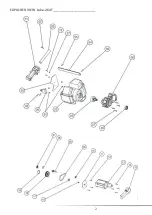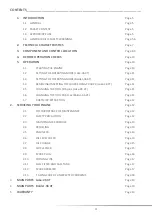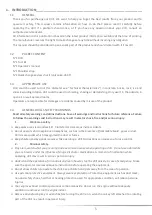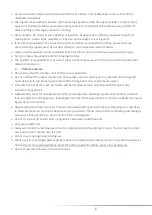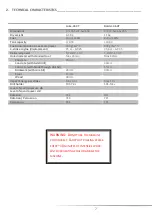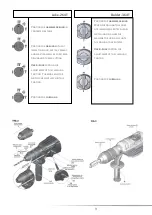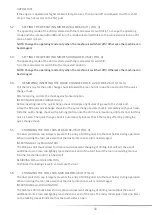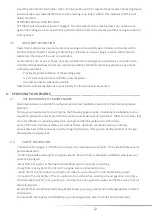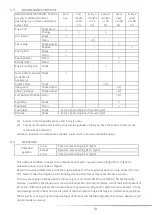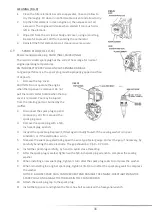
12
Insert the tool into the tool holder with a turning motion until it is automatically locked. The locking sleeve
automatically snaps towards the front and the red ring is no longer visible. This indicates that the tool
holder is locked.
REMOVING
SDS-
MAX
DRILLING
TOOL:
Pull the locking sleeve
2
back until it engages. The red symbols on the locking sleeve can now be seen
again. The locking sleeve remains in this position and the tool can be removed without having to hold the
locking sleeve.
5.7
DUST/CHIP EXTRACTION
Dusts from materials such as lead-containing coatings, some wood types, minerals and metals can be
harmful to one’s health. Touching or breathing in the dust can cause allergic reaction and/or lead to
respiratory infections of the user or bystanders.
Certain dusts, such as oak or beech dust, are considered as carcinogenic, especially in connection with
wood-treatment additives (chromate, wood preservative). Materials containing asbestos may only be
worked by specialists.
-
Provide for good ventilation of the working place.
-
It is recommended to wear a P2 filter-class respirator.
-
Use dust extraction whenever possible.
Observe the relevant regulations in your country for the material to be worked
6.
SERVICING YOUR ENGINE
___________________________________________________________________________________
6.1
THE IMPORTANCE OF MAINTENANCE
Good maintenance is essential for safe, economical and troublefree operation. It will also help reduce
pollution.
To help you properly care for your engine, the following pages include a maintenance schedule, routine
inspection procedure and simple maintenance procedures using basic hand tool s. Other service tasks that
are more difficult, or require special tools, are best handled by professional technicians.
Some of the most important safety precautions follow. However, we cannot warn you of every
conceivable hazard that can arise in performing maintenance. Only you can decide whether or not you
should perform a given task.
6.2
SAFETY PRECAUTION
•Make sure the engine is off before you begin any maintenance or repairs. This will eliminate several
potential hazards:
-Carbon monoxide poisoning from engine exhaust. Be sure there is adequate ventilation whenever you
operate the engine.
-Burns from hot parts. Let the engine and exhaust system cool before touching.
-Injury from moving parts. Do not run the engine unless instructed to do so.
•Read the instruction before you begin and make sure you have the tools and skills required.
•To reduce the possibility of fire or explosion, be careful when working around gasoline. Use only a
non-flammable solvent, not gasoline, to clean parts. Keep cigarettes sparks and flames away from all
fuel related parts.
Remember that an authorized servicing dealer knows your engine best and is fully equipped to maintain
and repair it.
To ensure the best quality and reliability, use only new genuine parts for repair and replacement.


